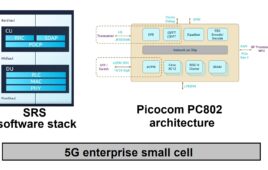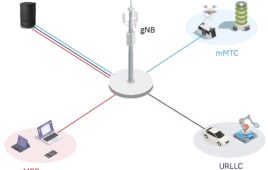Test and measurement of new network technologies is nothing new. It was done for 3G, and then again for 4G LTE. But doing the same for 5G is proving to be harder than ever before.
According to Spirent’s Vice President of Venture Development Saul Einbinder, that’s because 5G is more complicated than the networks that came before.
“5G promises lots more bandwidth and traffic density and number of connections and such, and in order to achieve that, there’s lots of different engineering tricks that are being put into play,” he said.
One of those tricks is the use of higher frequencies – also known as millimeter wave spectrum – than the industry is used to using for cellular communications. That itself requires what Einbinder called a “pretty profound” change in antenna and modem design. So, he said chipset and infrastructure providers are having to work through how to create effective systems at 28 GHz and 39 GHz with smaller antennas and less robust propagation characteristics.
Unlike their LTE counterparts that use 2×2 or 4×4 MIMO, Einbinder said 5G systems have dozens and even hundreds of antenna elements all transmitting at the same time. The sheer number of antennas that have to be monitored, he explained, makes lab testing more complicated.
“Every individual path from a transmitting antenna to a receiving antenna is a radio path, a channel. So now instead of having a handful of radio channels like we do in LTE, we all of a sudden have hundreds of radio channels simultaneously in the air,” he said. “To test and simulate that in chambers or on lab benches there’s an exponential increase in test gear you need to manage all those channels.”
To meet this challenge, Einbinder said the industry is having to come up with entirely new test methodologies.
5G testing has also expanded to cover Internet of Things technologies, which come with a whole different set of requirements to look at managing a massive number of connections rather than bandwidth.
“It’s not like we can just use the same stuff we did with 3G and 4G and just do a little bit more of it,” Einbinder added. “We’re into invention … every use case has different test methodologies and scenarios.”
Einbinder said the extra work isn’t necessarily slowing progress down – network testing takes time no matter what – but noted the challenges for mobility are “much higher” than they are for fixed wireless at ultra-high frequencies. The industry is moving “pretty well” to address the three main 5G use cases – fixed wireless, mobile broadband, and IoT – but it’s still “a work in progress,” Einbinder said.



